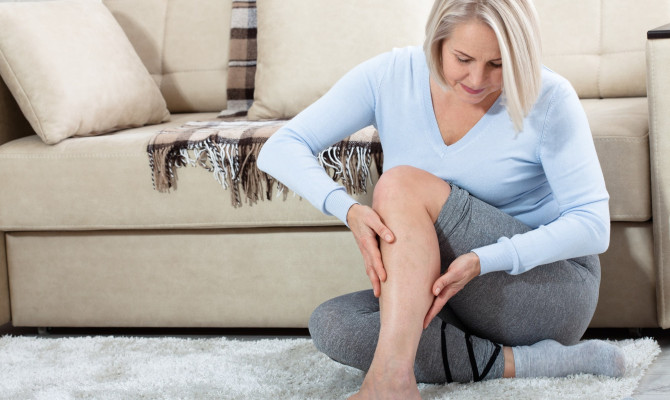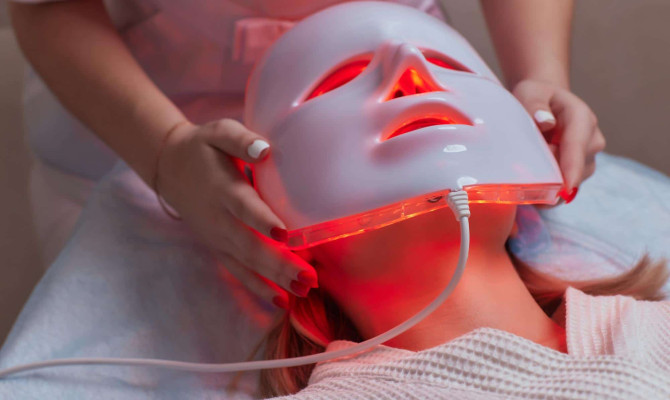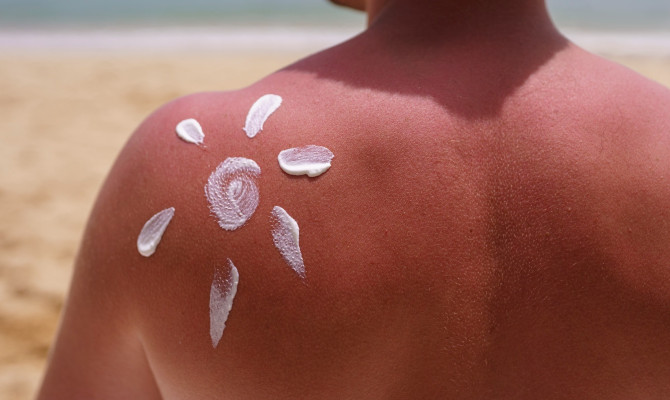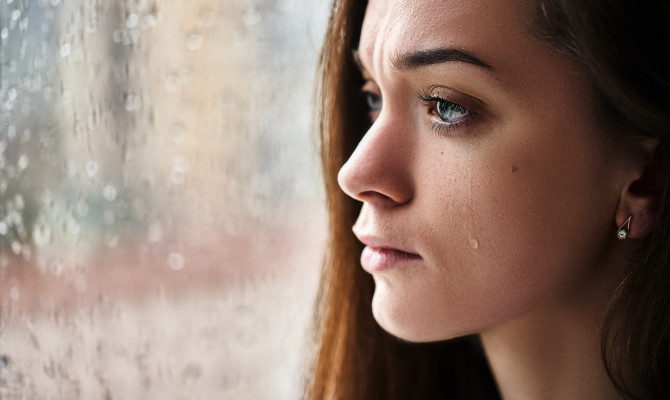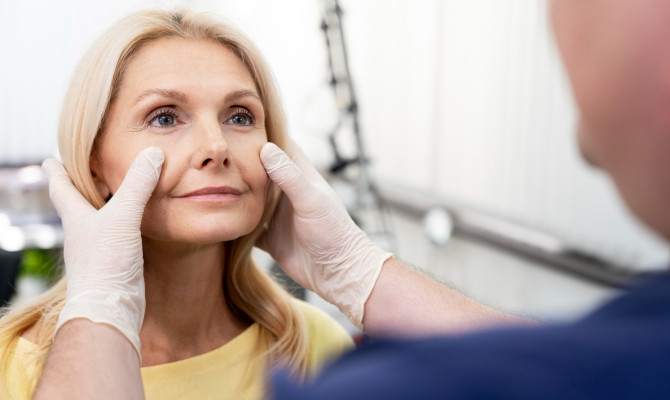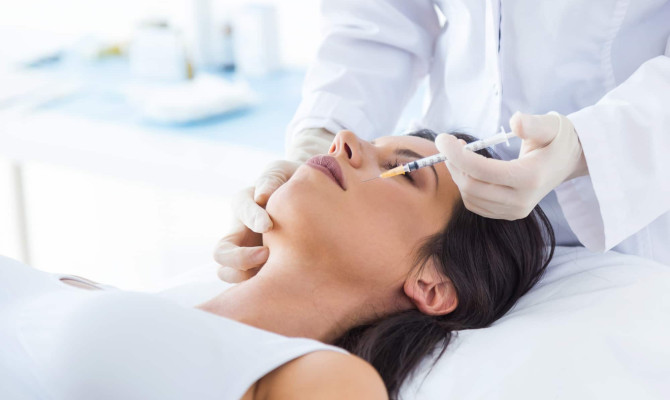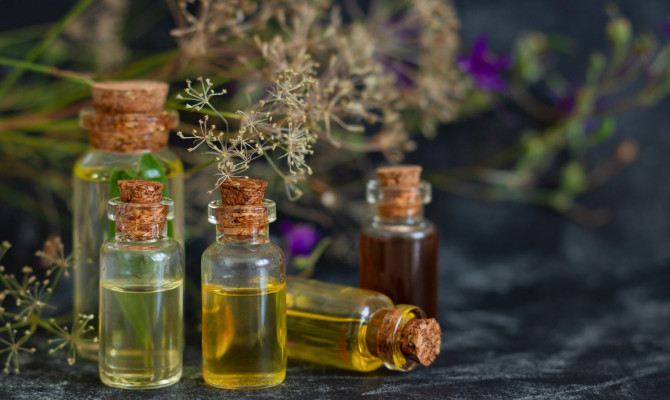Acupuncture vs Dry Needling | What Are The Benefits Of Each?

- Acupuncture
- 27 Sep 2023
Introduction
Dry Needling & Accupuncture
Dry needling and acupuncture involve the therapeutic insertion of thin needles into the epidermis. Despite the shared goal of pain relief, the practices are otherwise quite distinct.
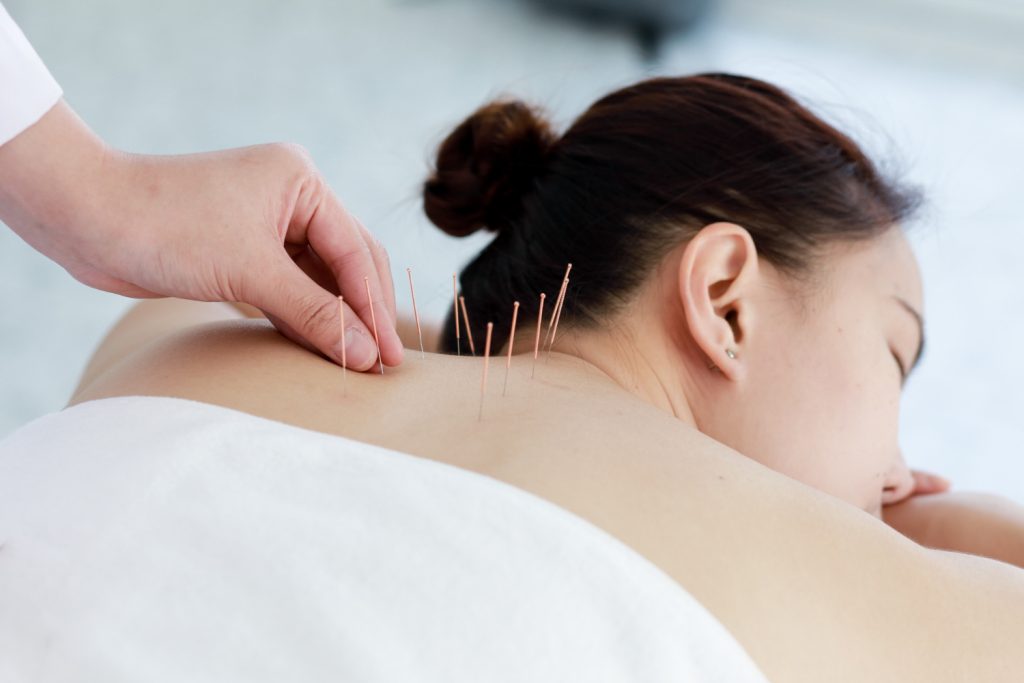
Dry needling practitioners attempt to release tension from muscle spasms and trigger points. Needles are inserted by acupuncturists to release endorphins and affect the nervous system. Historically, acupuncture was used to realign a person’s chi, or vitality.
While acupuncture has been investigated as a complementary treatment for a variety of conditions, dry needling is a more recent practice for which the evidence is less robust. In addition, acupuncturists are subject to stringent regulations, whereas dry needling is unregulated.
Dry Needling
What is Dry Needling?
Dry needling is a contemporary method of relieving muscle discomfort. Its popularity is on the rise.
A practitioner inserts several thin needles into your epidermis during dry needling. Fine, brief, stainless steel needles that do not inject fluid into the body constitute filiform needles. Therefore, the descriptor “dry” is employed. 2 What is dry needling? | Researched based study from Journal of Orthopaedic & Sports Physical Therapy
Practitioners insert needles into “trigger points” in the muscle or tissue of the patient. Dry needling is occasionally referred to as intramuscular stimulation. The points are knotted or rigid areas of muscle.
Practitioners of dry needling assert that the needle helps to release the knot and alleviate any muscle pain or spasms. The needles will remain in the epidermis for a brief period. The duration is dependent upon the practitioner. 2 What is dry needling? | Researched based study from Journal of Orthopaedic & Sports Physical Therapy
Some healthcare personnel, including physical therapists, are trained in dry needling. However, training duration can vary. Keep in mind that there are no official regulations specifying who can perform dry needling.
Benefits
What Benefits does Dry Needling Offer?
Dry needling may provide some muscular pain and stiffness alleviation. Additionally, relieving the trigger points may increase flexibility and range of motion. Because of this, this technique is frequently used to treat sports injuries, muscle pain, and even fibromyalgia pain. 4Dry Needling Benefits| Researched based study from National Institutes of Health
As more research is conducted, secure dry-needling practices will likely be standardized, despite the absence of current guidelines.
Side Effects
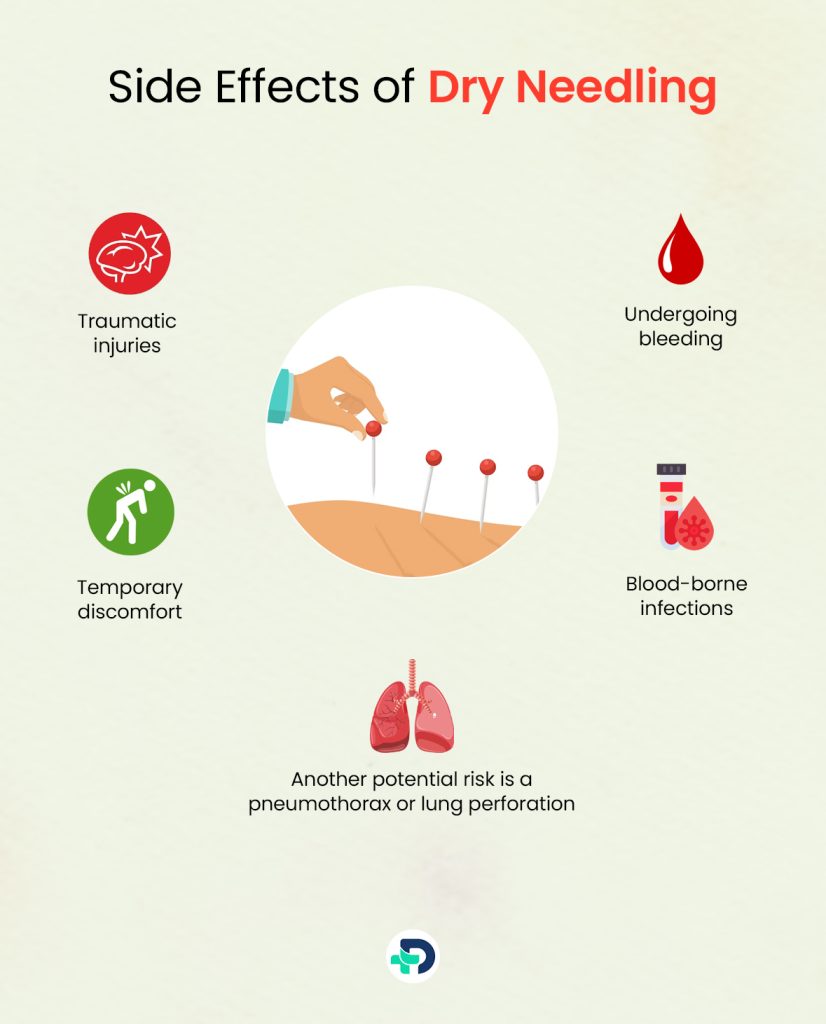
What are the Side Effects of Dry Needling?
Mild side effects are prevalent with dry needling, whereas severe side effects are uncommon.
The most frequent adverse reactions at the injection site include :4Dry Needling Side Effects| Researched based study from National Institutes of Health :
- Traumatic injuries
- Undergoing bleeding
- Temporary discomfort
- If nonsterile needles are used, you may be susceptible to blood-borne infections, diseases, and illnesses. Ensure that your practitioner uses sterile needles and throws them away after each use.
- Another potential risk is a pneumothorax, or lung perforation. If a needle accidentally punctures the lung, the microscopic hole can cause the lung to collapse.
Since dry needling lacks formal training, certifications, and state licensing, its use raises greater concerns than acupuncture.
Acupuncture
What is Acupuncture?
Acupuncture is a medical practice that dates back hundreds or even thousands of years. Acupuncture originated in Chinese traditional medicine.1What is Acupuncture? | Researched based study from National Institutes of Health
There are tens of thousands of licensed acupuncturists who practice acupuncture. Expert acupuncturists undergo three to four years of training. The training includes instruction in both the use of needles and the diagnosis of medical conditions. Practitioners are directly supervised by an experienced or senior practitioner.
In addition to this training, acupuncturists must pass an examination administered by a national board of examiners and attend annual continuing education courses to maintain their license.
The American Medical Association recognizes acupuncture as a medical treatment, and some insurers may cover the cost of treatment.
Advantages
What are Acupuncture’s Advantages?
Traditional acupuncture holds that disease is the result of obstructed or disrupted Qi. Qi provides healing energy to the organism. Acupuncture aims to eliminate these obstructions and restore your energy flow to a state of equilibrium. 3Acupuncture Benefits| Researched based study from National Institutes of Health
In the modern practice of Western medical acupuncture, it is believed that the insertion of needles stimulates the nervous system. Research is ongoing to find out more about acupuncture’s potential effects, such as:
- Reducing irritation
- Increasing circulation
- Causing the release of endorphins to alleviate discomfort
Numerous conditions and symptoms are treated with acupuncture, including 3Acupuncture Benefits| Researched based study from National Institutes of Health :
- Pain
- Stomach ache
- Irregular vomiting
- Discomfort in the head
- Menstrual pains
- Allergic reactions
- Some individuals use acupuncture to treat substance use disorders or to cease smoking.
Adverse Effects
What Adverse Effects are Associated with Acupuncture?
Adverse effects rarely occur when acupuncture is performed by a trained and licensed acupuncturist. On occasion, a person may experience 3Acupuncture Side Effects| Researched based study from National Institutes of Health :
- Ache at the injection location
- Traumatic injuries
- Undergoing bleeding
- In addition, the use of nonsterile instruments may cause complications in some individuals.
Acupuncture vs Dry Needling
Acupuncture vs. Dry Needling
No Injections
Acupuncture and dry needling both use needles that do not infuse fluid into the body. In fact, the term dry needling derives from this reality. Both treatments rely on the stimulation caused by the insertion of these microscopic needles to produce their therapeutic effects. 4Acupuncture vs Dry Needling| Researched based study from National Institutes of Health
Targeting the Stimuli
Dry needling is sometimes referred to as trigger point therapy because some forms of the technique concentrate on myofascial trigger points (also known as knots) 4Acupuncture vs Dry Needling| Researched based study from National Institutes of Health . As part of the DINS strategy, doctors target trigger points, but also techniques to treat pain that is not accompanied by knots are used.
Frequently, nerve pain is “referred,” indicating that the source of the pain is not at the nerve’s point of irritation. The absence of a knot close to the point of sensation may indicate referred pain, so the needling site may be close but not at the point of sensation.
Treatment Methods
The manner in which practitioners employ each treatment also differs considerably. Acupuncturists use extremely thin needles to stimulate energy flow within the body, whereas dry needlers use thicker needles to target trigger points within muscles to relieve tension and reduce discomfort. 3Acupuncture vs Dry Needling| Researched based study from National Institutes of Health
Time Period
A single acupuncture session typically lasts between 30 minutes and 1 hour 3Acupuncture vs Dry Needling| Researched based study from National Institutes of Health , as it involves additional massage techniques and lifestyle advice in addition to needle insertion, whereas a dry needling session can be shorter, as it focuses solely on inserting needles into trigger points and releasing muscle tension.
Theory Behind Therapy
Both treatments seek to enhance physical health, but they do so in distinct ways. Before health can be restored through acupuncture, the internal and external energy flow of the body must be balanced.
However, dry needling relies more on anatomical science, with practitioners relying on research-based evidence concerning muscle anatomy and its relationship to pain management. 4Acupuncture vs Dry Needling| Researched based study from National Institutes of Health
Diagnosis & Treatment Strategy
Acupuncture diagnosis involves identifying any internal organ system imbalances based on the patient’s symptoms and tongue/pulse pattern assessment results. 3Acupuncture vs Dry Needling| Researched based study from National Institutes of Health
However, practitioners must carefully palpate muscles to diagnose dry needling. They use their hands or specialized equipment, such as electrical stimulator devices, to locate trigger points within muscles.
These trigger points may require additional intervention involving the insertion of a catheter. This is accomplished by applying finger or fingertip pressure to these areas until they release the tension they contain. The tension is caused by trauma-induced irritation (whether physical or emotional).
Compare
How do Dry Needling & Acupuncture are Compared?
The theory behind acupuncture, which pertains to the flow of energy in your body, is one of the fundamental aspects of traditional Chinese medicine.
Acupuncture frequently focuses on overall health, but it can also stimulate nerves to treat conditions spanning from stress to respiratory disorders 3How do they compare | Researched based study from National Institutes of Health . Similar to dry needling, acupuncture appears to stimulate the production of endorphins, resulting in natural pain alleviation.
Possibly the most noticeable distinction from a patient’s point of view is the length of time the needles remain in place. Acupuncture needles remain in place for a lengthier duration than dry-needling needles.
Plantar Fasciitis
Dry Needling vs. Acupuncture for the Treatment of Plantar Fasciitis
Dry needling and acupuncture are both needle-based therapies that involve inserting extremely thin needles into specific body points to alleviate discomfort and promote healing. Traditional acupuncture is based on traditional Chinese medicine, whereas dry needling relies on human anatomy and neurophysiological principles. 2Dry needling for Plantar Fasciitis | Researched based study from Journal of Orthopaedic & Sports Physical Therapy
Both therapies seek to restore the body’s equilibrium by targeting trigger points—areas of tightness or sensitivity—which can reduce inflammation and enhance function.
Dry needling is typically utilized to treat plantar fasciitis because it is more direct and targeted than traditional acupuncture. Dry needling involves inserting needles directly into the trigger points of muscle tissue, which helps to relieve tension and deactivate trigger points. This can reduce inflammation, enhance circulation, and alleviate plantar fasciitis-related discomfort. 2Dry needling for Plantar Fasciitis | Researched based study from Journal of Orthopaedic & Sports Physical Therapy
Acupuncture works by stimulating specific points on the body with needles, which causes the release of endorphins—a hormone responsible for reducing tension and promoting relaxation—and also increases blood flow. This increase in blood flow helps bring oxygenated blood to areas that may not be receiving it due to injury or illness, which can help reduce plantar fasciitis discomfort and decrease recovery time.
In addition, acupuncture attempts to restore balance to the body’s energy systems, which can have positive effects on the individual’s health as a whole.
Sciatica
Sciatica : Dry Needling vs. Acupuncture
Sciatica is an agonizing disorder that can affect individuals of any age. It is characterized by pain traveling down the back of the leg, which is frequently caused by sciatic nerve irritation.
Some patients may require more intensive treatments, such as dry needling or acupuncture, to alleviate their symptoms, while the majority find relief through lifestyle adjustments and physical therapy.
A benefit of dry needling over acupuncture is that it can provide rapid pain relief during an acute episode of sciatica by directly targeting trigger points in the musculature. Since the placement of the needles is more targeted and specific, it requires fewer sessions than acupuncture. 2Dry needling for Sciatica | Researched based study from Journal of Orthopaedic & Sports Physical Therapy
However, dry needling may not be as effective as acupuncture or physical therapy exercises for the long-term management of chronic pain associated with conditions such as sciatica.
In contrast, acupuncture has been shown to relieve chronic pain more effectively than dry needling in some cases due to its ability to modulate hormones and promote whole-body healing. 1Acupuncture for Sciatica | Researched based study from National Institutes of Health
In addition, unlike dry needling, during an acupuncture session, no needles are inserted into sensitive areas such as near nerves or tendons, which may make it more comfortable for patients who experience high levels of anxiety or fear when enduring invasive procedures.
The primary disadvantage of this type of therapy, however, is that results may take longer than with other treatments, and multiple sessions are usually required before improvement is evident.
Takeaway
Takeaway Points for Dry Needling & Acupuncture
- Dry needling and acupuncture both have the potential to alleviate muscle aches, injuries, and tightness.
- Acupuncture is a procedure that is well-regulated. Needles are inserted at strategic locations to stimulate the body’s energy flow. Although some evidence is inconclusive, acupuncture is widely acknowledged as an effective treatment for a variety of ailments.
- Dry needling was developed considerably later. Without formal regulations, the risk of experiencing adverse effects is significantly increased. Few studies have been conducted, but some individuals report that this practice alleviates pain.
- Before attempting dry needling or acupuncture, you should consult a physician and conduct research on available practitioners.
Any feedback on this article?
 This Articles content was accurate
This Articles content was accurate Very Informative Article
Very Informative Article I have a question or a comment
I have a question or a comment
 This article contains inaccurate content
This article contains inaccurate content This article was not helpful
This article was not helpful I have a question or a comment
I have a question or a comment
We appreciate your helpful feedback!
Checkout our social pages
References
-
National Institutes of Health
What is Acupuncture | Acupuncture for Sciatica
-
Journal of Orthopaedic & Sports Physical Therapy
What is Dry Needling | Dry Needling for Sciatica & Plantar Fasciitis
-
National Institutes of Health
Acupuncture Benefits | Acupuncture Side Effects | Acupuncture vs. Dry Needling | How do they Compare
-
National Institutes of Health
Dry Needling Benefits | Dry Needling Side Effects | Acupuncture vs. Dry Needling













